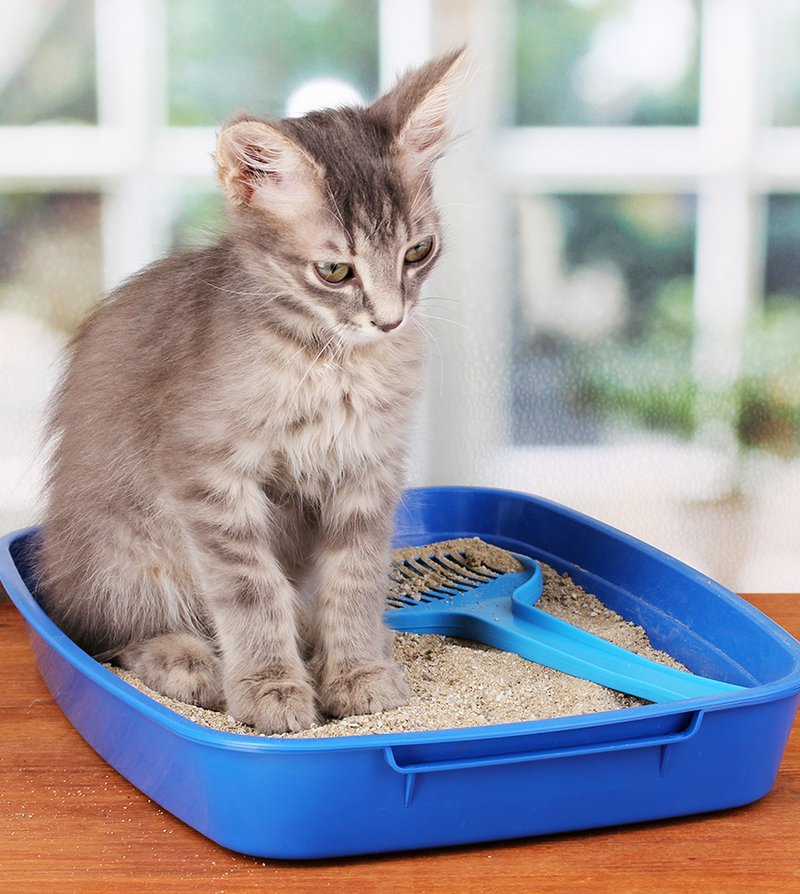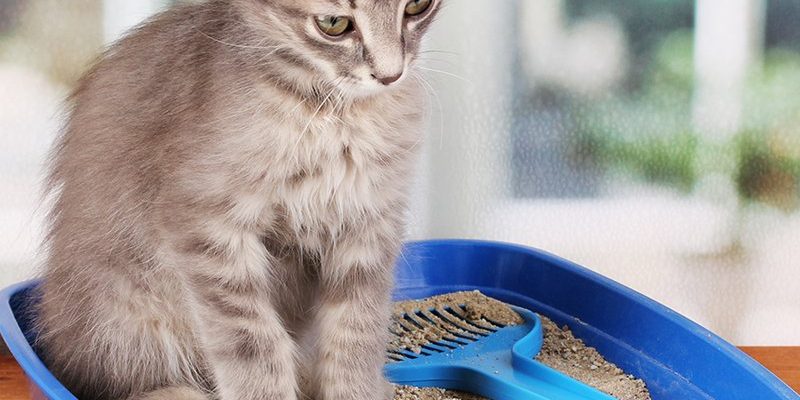
Litter training isn’t just for kittens; adult cats can learn, too. Maybe your new cat was used to going outside, or maybe they lived in a home without litter boxes. Whatever the case, you’ll find that most cats quickly figure it out. It’s all about making the litter box appealing, showing them the ropes, and being consistent. Just like learning to ride a bike, once they get it, they won’t forget!
Choosing the Right Litter Box
The first step to successful litter training is picking the right litter box. You might think any box will do, but there are a few things to consider. Size matters—a box that’s too small can be uncomfortable, while one that’s too large might be intimidating for a tiny kitten. For kittens, a low-sided box is best, so they can easily hop in and out. For adult cats, a bigger box will provide the space they need.
Now, let’s talk about the type of litter. There are clumping, non-clumping, crystal, and biodegradable litters out there. Clumping litter is popular because it makes it easy to remove waste, which helps keep the box clean. On the other hand, some cats prefer non-clumping litter because it feels more natural. You might need to try a few types to see what your cat likes best. Just remember to avoid scents—cats often don’t like strong smells.
Finally, consider the location of the box. Cats are pretty particular about their bathrooms. Choose a quiet area away from their food and water. It should be easily accessible, but not in a high-traffic area where they’ll feel uncomfortable. It’s all about creating a safe and inviting space for them.
Introducing the Litter Box
Once you’ve settled on a litter box, it’s time to introduce it to your cat. You might want to gently place them in or near the box right after meals or naps, as these are times when they often need to go. You can gently place them in the box if they seem unsure. Just like guiding a toddler to their potty, showing them where to go is key.
While they’re in the box, encourage them with a soft voice. You could say things like, “Good kitty!” or “This is your special place!” Positive reinforcement works wonders. Cats respond well to praise, and your encouraging words will help them associate the box with something good.
It may take a few attempts, and that’s perfectly normal. You might be wondering, “What if they just look at me like I’m crazy?” Patience is essential here. Just give it time, and soon enough, they’ll start to understand what the box is for.
Understanding Your Cat’s Behavior
It’s important to pay attention to your cat’s behavior during this process. If they consistently avoid the litter box, they might be trying to tell you something. Maybe they’re uncomfortable with the litter type, or perhaps they don’t like where you placed the box.
Keep an eye out for signs of stress, such as scratching at the sides of the box or trying to go elsewhere. If your cat seems reluctant, try changing the litter or moving the box to a quieter spot. Sometimes, a simple change can make a big difference.
If you notice any potty-related accidents outside the box, don’t scold them. Cats don’t respond well to punishment. Instead, look for patterns. Are they going in a certain area? This can provide clues about what’s going wrong.
Making the Litter Box Appealing
To keep your cat using the litter box, you want to make it as appealing as possible. Scoop the box daily. Cats are clean animals, and a dirty box can be a major turn-off. If they step into a stinky box, they’ll likely look for somewhere else to go.
Change the litter regularly, too. Depending on your cat and how much they use the box, this might mean changing it completely once a week. Clean the box with mild soap and water, avoiding harsh chemicals that could irritate your cat’s nose.
You might also consider adding a litter mat in front of the box. This will catch any litter that escapes their paws, keeping your floors cleaner. Plus, it helps your cat make a clear exit, so they don’t track litter all over your home.
Dealing with Setbacks
Setbacks can happen during the litter training process, especially if you have an adult cat. Maybe they’ve been in a stressful situation, like moving to a new home. When this happens, take a step back. It’s important to remain calm, as your cat can pick up on your stress.
If they start having accidents, first check for any medical issues. Sometimes, frequent accidents can be a sign of a urinary tract infection or other health issues. A trip to the vet can help rule out any problems and keep your cat healthy.
If your cat is healthy but still having trouble, try reintroducing the box as if they were a kitten. Move the box back to a comfortable location, change the litter, or even try a different box style. This can help refresh their interest in using it.
Using Positive Reinforcement
Positive reinforcement is one of the best tools in your litter training toolkit. Every time your cat uses the box, reward them! This could be a pat on the back, a small treat, or extra playtime. It’s all about letting them know they did something right.
You might think about keeping a special treat just for their bathroom success. This creates a clear connection between the act of using the litter box and getting a reward. The more rewarding you make this process, the more likely they’ll be to continue using the box.
Stay consistent with your rewards. Don’t be surprised if they seem to forget for a day or two. Just remember to be patient. Consistency and encouragement will eventually lead to success.
Final Thoughts on Litter Training
Litter training a kitten or adult cat doesn’t have to be a daunting task. With the right approach, patience, and understanding, you can help your cat become a pro in no time. Remember, every cat is unique, so there may be some trial and error along the way.
Celebrate the small victories and always be ready to adapt your strategy. And above all, keep it positive. Litter training can be a bonding experience that helps you and your cat grow closer together. So take a deep breath, stay patient, and soon enough, you’ll have a litter-trained pet that feels right at home.

